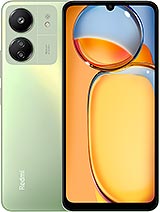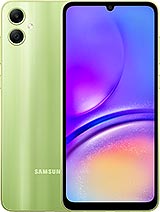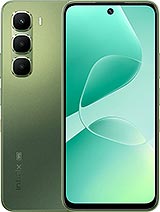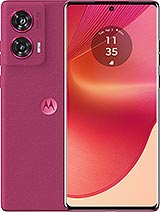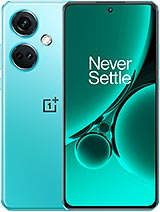Samsung Galaxy F14 4G alternatives
Tap above to see alternatives.
Samsung Galaxy F34 alternatives
Tap above to see alternatives.
Samsung Galaxy F14 4G

Samsung Galaxy F14 4G
-
Snapdragon 680
6 nm
-
5000 mAh
25W
-
6.7"
1080x2400 pixels
-
50 MP
1080p@30fps
- Specs
Samsung Galaxy F34
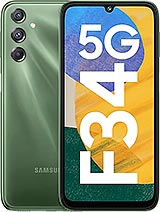
Samsung Galaxy F34
-
Exynos 1280
5 nm
-
6000 mAh
25W
-
6.5"
1080 x 2340 pixels
-
50 MP
4K@30fps
- Specs
2.4 GHz, Quad core, Kryo 265
1.9 GHz, Quad core, Kryo 265
2x2.4 GHz Cortex-A78
6x2.0 GHz Cortex-A55
8GB 128GB (UFS 2.2)
f/1.8, (wide)
2 MP
f/2.4, (depth)
2 MP
f/2.4, (macro)
f/1.8, (wide), PDAF, OIS
8 MP
f/2.2, 120˚ (ultrawide)
2 MP
f/2.4
1080p@30fps
f/2.0, (wide)
f/2.2, (wide)
SIM1: Nano, SIM2: Nano
SIM1: Nano, SIM2: Nano (Hybrid)
10 5G bands
n1, n3, n5, n7, n8, n28, n38, n40, n41, n78
In this performance comparison, the Samsung Galaxy F34 with its Exynos 1280 (5nm) performs better than the Samsung Galaxy F14 4G with the Qualcomm Snapdragon 680 (6nm), thanks to superior chipset efficiency.
Samsung Galaxy F34 offers 4 years of OS updates, whereas Samsung Galaxy F14 4G provides 2 years. For security updates, Samsung Galaxy F34 offers 5 years of support compared to Samsung Galaxy F14 4G's 4 years.
Samsung Galaxy F34 features a superior AMOLED display, while Samsung Galaxy F14 4G comes with an LCD panel. In terms of smoothness, Samsung Galaxy F34 offers a higher 120 Hz refresh rate, ensuring fluid scrolling and animations. Both devices deliver the same brightness level at nits. Both phones have the same screen resolution.
Samsung Galaxy F34 features a larger 6000 mAh battery, potentially delivering better battery life. Both devices support the same wired charging speed of 25W.
Samsung Galaxy F34 includes an IP67 rating, while Samsung Galaxy F14 4G lacks an official IP rating.
¹ Scores can vary even with the same chipset due to RAM, thermals, and software optimization.

